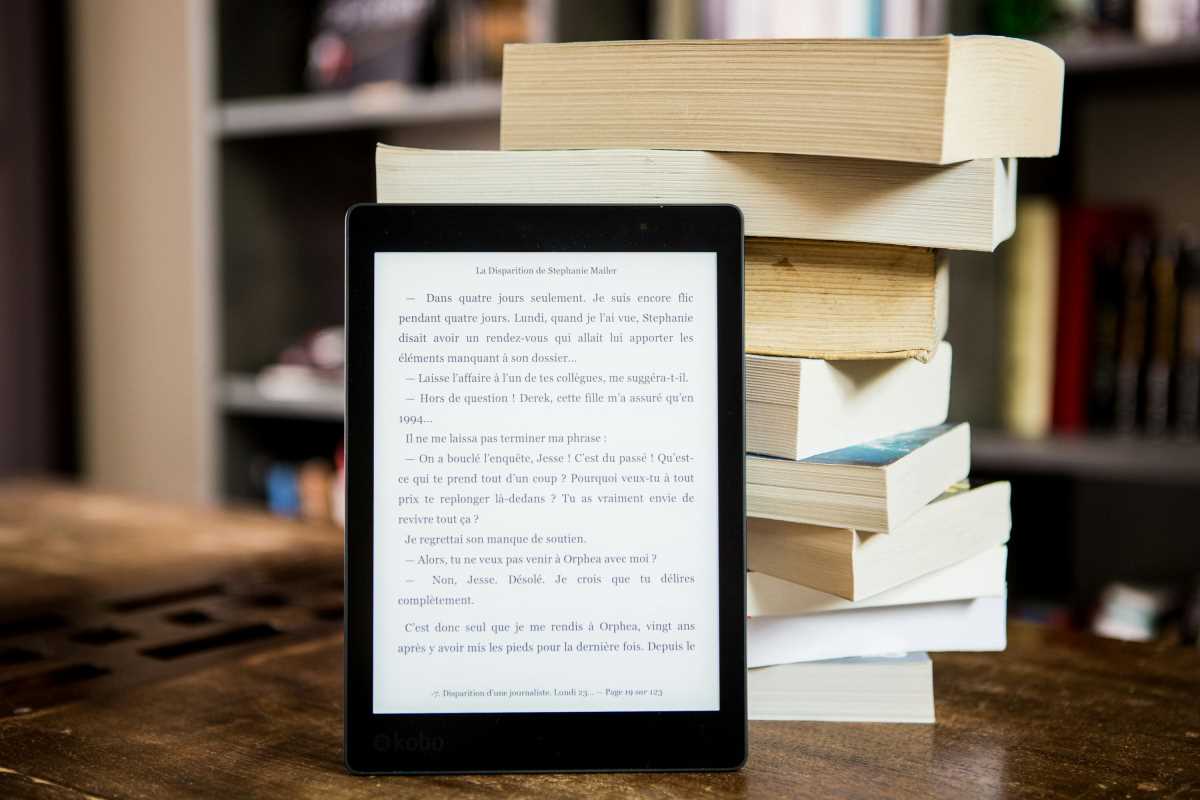Self-publishing has transformed from a niche pursuit into a thriving and accessible avenue for writers worldwide. Once considered a last resort for those unable to break into traditional publishing, self-publishing has evolved into a legitimate and often celebrated way for authors to share their stories. For readers, this shift brings both remarkable opportunities and unique challenges, redefining the way we discover and consume books.
A Brief History of Self-Publishing
The concept of self-publishing is far from new. Some of history’s literary giants, including Virginia Woolf and James Joyce, dabbled in self-publishing to bring their works to life. However, for much of the 20th century, the practice carried a stigma, often associated with "vanity presses" that allowed writers to print their books for a fee without much editorial oversight or distribution power.
The 21st century saw a monumental shift. The advent of digital technology and platforms like Amazon’s Kindle Direct Publishing (KDP), Smashwords, and Wattpad broke down the barriers to publishing. Suddenly, authors could bypass traditional gatekeepers—publishers, agents, and editors—and get their books directly into the hands of readers. Self-publishing was no longer an alternative but an empowering movement that democratized storytelling.
The Role of Technology in Self-Publishing
Technological advancements have been pivotal in the rise of self-publishing. Tools like e-readers and print-on-demand services have made books more accessible to both authors and readers. Gone are the days when publishing required a warehouse full of printed copies. With platforms like KDP, authors can upload manuscripts, choose a cover design, and have their book available to millions in just a few days. Print-on-demand ensures that physical copies are created only when someone orders them, reducing waste and upfront costs.
Distribution channels have also exploded, with online marketplaces offering global reach. Social media and online communities give authors the tools to market directly to readers, fostering relationships and building fanbases. Review platforms like Goodreads further amplify word-of-mouth, a critical metric for success in a crowded marketplace.
The Implications for Readers
The evolution of self-publishing has unlocked a wealth of benefits for readers but also introduced some noteworthy hurdles. With such a wide array of books available, the impact on readers is undeniable.
Benefits for Readers
- Niche Genres and Fresh Ideas: Self-publishing thrives in corners that traditional publishers might overlook. From experimental fiction to hyper-specific nonfiction topics, readers can now find books tailored to their unique tastes. Niche genres like reverse harem romance or LitRPG (literary role-playing games) have found devoted audiences thanks to self-publishing.
- Affordability and Accessibility: Digital-first self-published books are often more affordable than traditionally published works. Free or low-cost eBooks allow readers to explore new authors and series without breaking the bank. Additionally, global distribution means readers in remote areas can access books they might not find in physical bookstores.
Challenges for Readers
- Quality Control: The absence of traditional publishing’s gatekeeping also means there’s no built-in quality assurance. While many self-published books are well-edited and professionally designed, others suffer from issues like poor grammar, weak storytelling, or amateur covers. Readers often have to sift through a sea of options to find gems, which can make the discovery process daunting.
- Overwhelming Volume: With hundreds of thousands of new titles published annually, the sheer volume of available books can be overwhelming. Without the guidance of curated catalogs or editorial reviews, readers face the challenge of distinguishing high-quality novels from those that fail to meet their expectations.
- Limited Mainstream Availability: While mainstream bookstores have embraced some successful self-published authors, many others remain digital-only. Readers who favor physical copies or enjoy browsing brick-and-mortar stores may miss out on the full breadth of self-published offerings.
Success Stories in Self-Publishing
Despite its challenges, the self-publishing movement has produced some remarkable success stories. Authors like Hugh Howey (Wool), Amanda Hocking (Trylle series), and Andy Weir (The Martian) achieved international acclaim after self-publishing their works. These authors not only earned traditional publishing contracts down the line but also proved the commercial and literary potential of self-published books.
On platforms like Wattpad, unknown writers have built loyal followings that led to print deals and even adaptations for film and television. Anna Todd’s After series, for example, started as a fanfiction on Wattpad before becoming a global phenomenon. These examples highlight how self-publishing can elevate new voices and fundamentally change reader expectations.
The Future of Self-Publishing
Looking ahead, self-publishing is poised to play an even bigger role in shaping the literary landscape. Artificial intelligence-powered tools are already aiding authors in editing and marketing, making the process even more streamlined. Meanwhile, the growing trend toward serialized storytelling—integrated into platforms like Radish or Inkitt—offers new ways for readers to engage with fresh content.
For readers, the outlook is equally exciting. The rise of self-publishing ensures a continual influx of diverse, boundary-pushing books that challenge traditional norms. Initiative-driven readers who support indie authors through reviews or social media will play a vital role in shaping literary trends while discovering hidden masterpieces.
Self-publishing has undeniably reshaped the relationship between authors and readers. For every book lover willing to explore the vast seas of indie literature, there’s a new opportunity to discover a voice that speaks directly to them—no gatekeepers required. The evolution of self-publishing represents not just a shift in how books are created, but a celebration of creativity and accessibility at its finest.
 (Image via
(Image via





